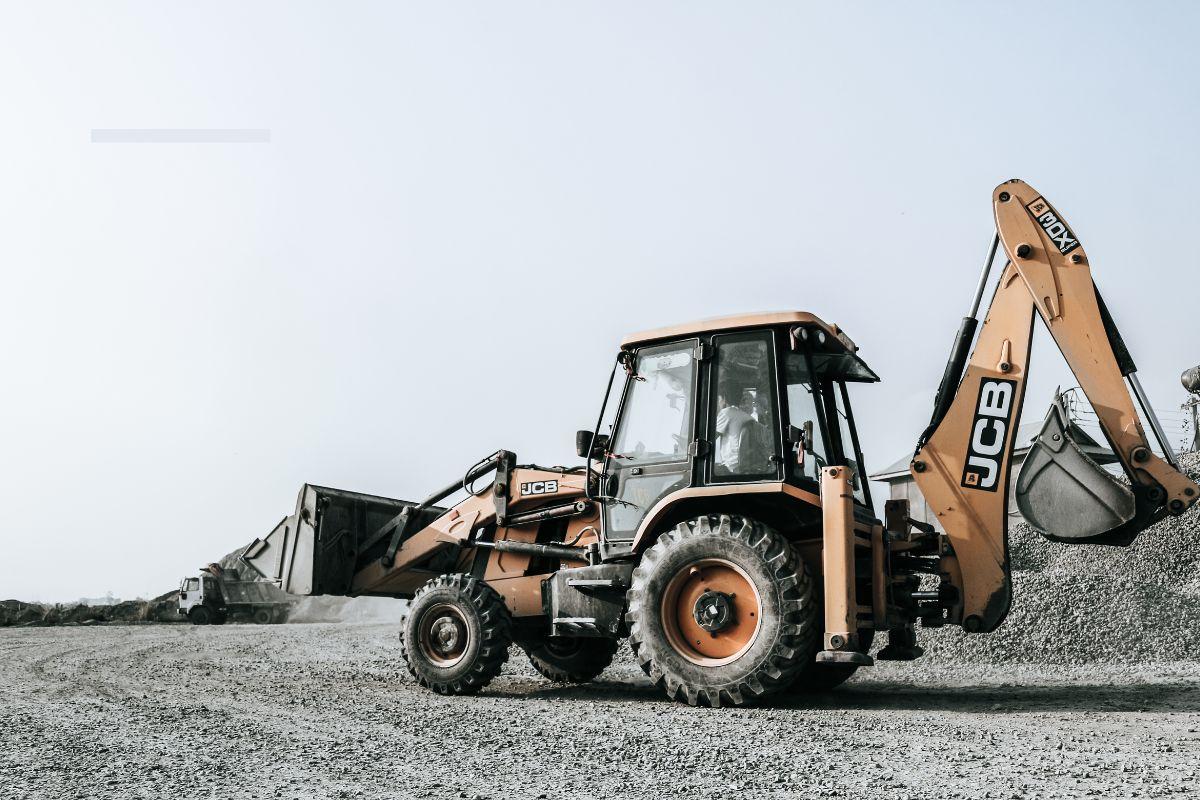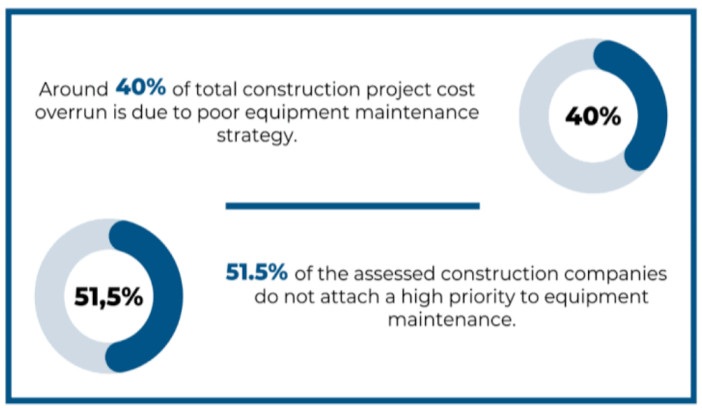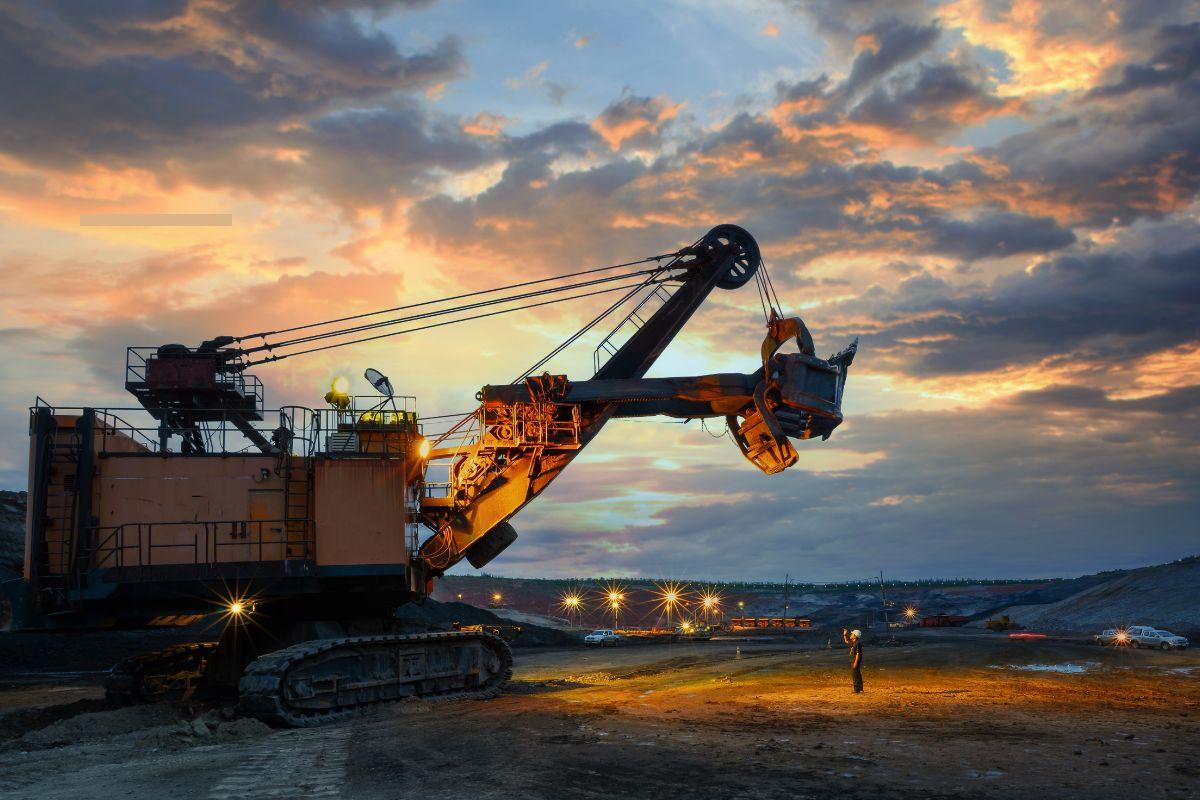Heavy Equipment Asset Management for Construction Companies
Working in the construction sector? Learn about heavy equipment asset management in this detailed guide to save money, prevent downtimes, and finish projects timely.
In this article:
- 1. Organized Pickup and Returns
- 2. Train Equipment Operators
- 1. Assess the Company's Needs
- 2. Conducting Training
- 3. Understand the Equipment’s Capacity
- 4. Conduct Regular Maintenance
- 5. Improve Information Exchange Between Employees
- Conclusion

Acquiring assets and putting them to productive use is common in any company. The real concern is managing them, especially in the construction industry, which involves heavy equipment. Heavy equipment asset management isn't just about knowing which items you have in the inventory; it is an integral part of productivity, without which your firm suffers.
McKinsey estimates that the average productivity of the construction sector has grown by 1% only in the last few decades, compared to 3.6% for manufacturing and 2.8% for the global economy. One of the major reasons behind this slow growth is poor asset management.
That's why we'll explore construction equipment asset management in the construction industry and discuss how your company can optimize its inventory.
1. Organized Pickup and Returns
Construction companies work at multiple sites simultaneously, which can make heavy equipment asset management, scheduling, and allocation highly complicated. But even if it's one job site, it can still be hard to determine which equipment is being used and which is sitting idle.
Equipment managers deploy various methods to manage equipment, such as spreadsheets and software. Although spreadsheets have been used for a long time, they have rapidly been replaced by specialized construction equipment management software.

Poor maintenance practices lead to cost overruns.
Both systems have their strengths and weaknesses, but software easily takes the lead here, and here's why:
- It provides a centralized database for all equipment you can update and monitor in real time. Whenever someone uses a tool, you're instantly notified about it.
- Allows for better decision-making regarding dispatch and returns with more accurate data.
- Helps create comprehensive logistics plans for the equipment to be delivered at specific locations, accelerating project completion.
2. Train Equipment Operators
You might have the best hiring process of all construction companies and hire the best talent, but it doesn't mean they'll be experts on their first day. You simply cannot hand over the keys of a bulldozer to an inexperienced employee and expect them to perform perfectly. That's where training comes in, ensuring your employees know exactly what they're doing.
What should be your goals for a quality employee training program?
It should be that your employees know how heavy construction equipment works, how to handle it effectively, the safety procedures to follow, and how to store it properly after usage. That helps increase your equipment’s lifespan, maximizing your return on investment (ROI) and minimizing losses.
Let's now discuss some contours of a comprehensive training program for heavy equipment asset management:
1. Assess the Company's Needs
Assessing your company's needs is the first step in training. Does your company have extra wheel loaders that can be used, but your workers cannot operate them properly? Do you want to train your employees about boom lift operator safety to prevent accidents?
Once you have assessed your company's needs, it will provide you with a clear path forward and design a more robust training program for your employees.
2. Conducting Training
A study from Harvard shows that active learning is the best kind of learning, beating passive learning by a long margin. When your operators actually use the machines, they'll have the best learning experience. You can team up experienced employees with new members to create a conducive learning experience.
They use their experience to offer one-on-one lessons on everything from operations to maintenance. If there are no experts in your team, you can outsource training. You can also use equipment manuals, guides, and training videos.
3. Understand the Equipment’s Capacity
Learning about the equipment also involves knowing its operating capacity and limitations. Each piece of equipment is designed for specific use cases, with dedicated attachments and spare parts. Knowing these details is critical to keeping it performing optimally for a long time. For instance, overloading a forklift due to misunderstanding can easily lead to breakage or malfunction.
Understanding equipment isn't just for operators; it also helps managers allocate it where it's needed most. For instance, sending a mini excavator to a site where you must dig large amounts of dirt doesn't make much sense.
Managers can easily check this information from user manuals. In case they don't have it, there are several online guides for major manufacturers. These guides contain everything from dimensions and engine power to bucket capacity and max speed.
4. Conduct Regular Maintenance
Knowing specifications and ideal use cases for heavy equipment is necessary, but the picture remains incomplete without routine maintenance. Most companies wait for a problem and then send the machinery to a mechanic. That's the wrong approach: the right approach is preventive maintenance, which stops the problem even before it occurs.

Heavy equipment working at the Site
Preventive maintenance is much more than checking tires and replacing filters. It's a holistic strategy that helps monitor equipment thoroughly to prevent breakdowns, save money, and reduce the rate of depreciation.
Construction equipment depreciation is pretty common.
Here's how to build a stellar preventive maintenance routine:
- Decide the intervals after which you'll inspect the vehicles and other equipment. This includes detailed checkups in the mechanic's shop.
- Instructing operators to monitor the machinery daily and look for problematic signs, such as changes in fluid levels, worn tracks, and the like. They should produce a report at the end of the day.
- Using software to record all the essential data on repairs, such as replaced filters, lubrication, and more.
5. Improve Information Exchange Between Employees
Heavy equipment management is a collaborative effort. The manager cannot do much without support from field workers and other employees. Ensuring smooth information flow between employees is critical to make repair and maintenance more efficient. It also buys you more time for robust decision-making and helps accommodate sudden and unexpected project changes.
The best way is to create a centralized communication hub where employees can easily exchange and access all the relevant equipment data. It also reveals the trends in equipment usage, helping you make better financial decisions for the company.
Conclusion
Construction is a complex industry that involves extensive heavy equipment asset management. Therefore, managers must adopt the proper techniques, such as ensuring the proper training, organizing returns, promoting active communication, and using robust software.
Their work can become much easier using software like Itefy's heavy equipment management Software. It can easily manage your whole fleet and related heavy construction equipment with a modern, centralized system. Whether you're struggling to monitor your fleet, want to optimize it, or prevent breakdowns, our software works perfectly.
Manage your heavy construction equipment effectively by starting with our 14-day trial.
